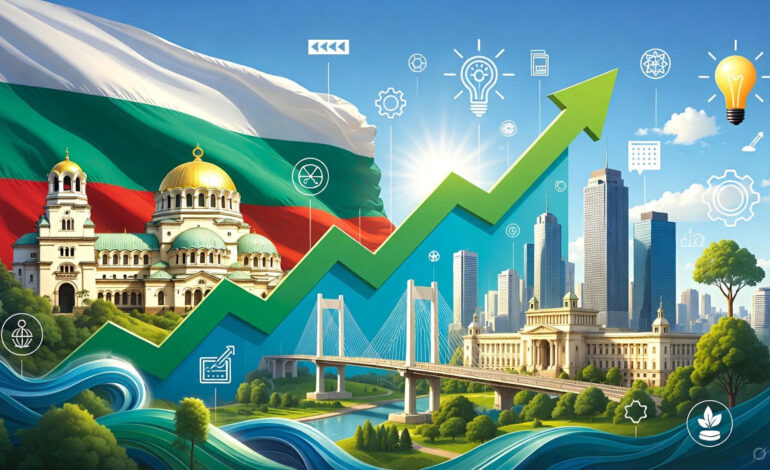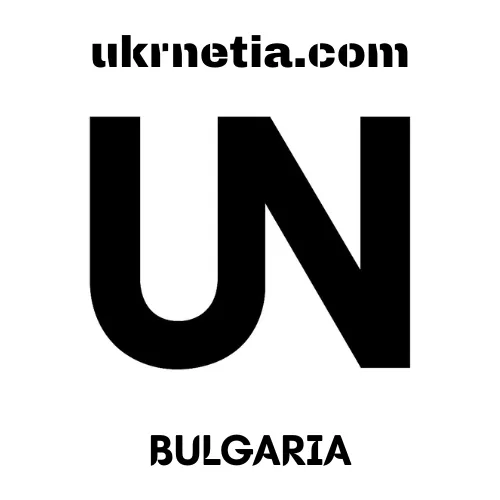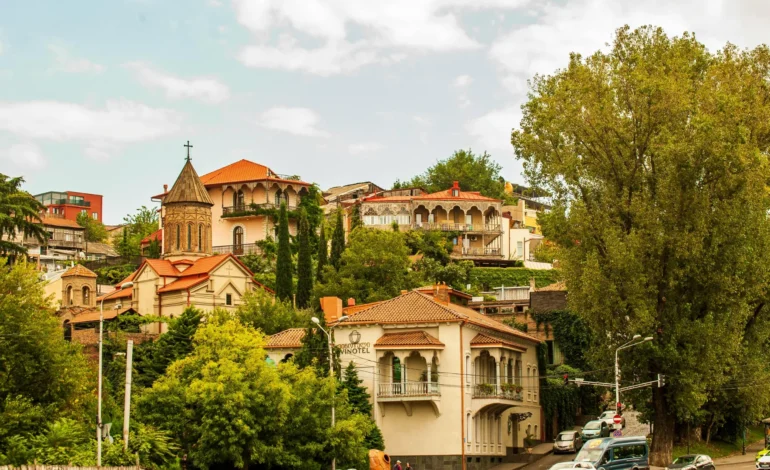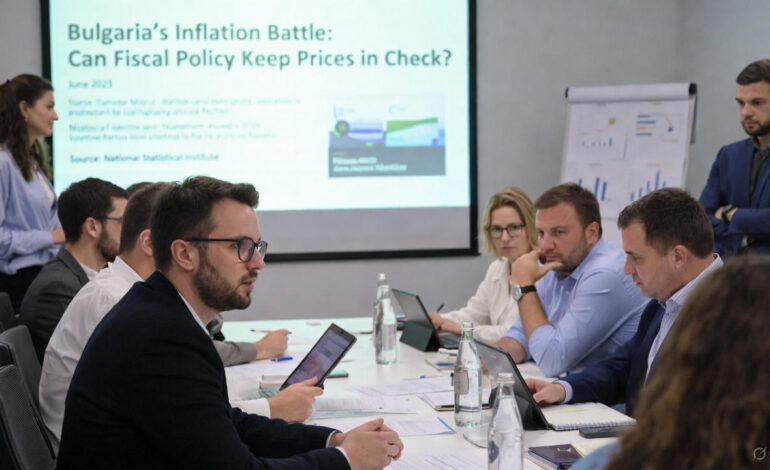From Transition to Stability: How Bulgaria Built Its Modern Economy

Bulgaria’s journey from a centrally planned economy under communist rule to a stable, market-oriented member of the European Union represents one of the most profound transformations in post-Cold War Europe. For over four decades, from 1946 to 1989, Bulgaria operated as a satellite state of the Soviet Union, with its economy rigidly controlled by the state. Heavy industry, collectivized agriculture, and five-year plans dominated the landscape, producing goods primarily for export to COMECON partners. By the late 1980s, however, the system was crumbling under inefficiencies, debt, and technological backwardness. The fall of the Berlin Wall in 1989 ignited a wave of change across Eastern Europe, and Bulgaria was no exception.
The Shadow of Communism and the Dawn of Change
The transition began in earnest in 1990 with the collapse of the Zhivkov regime, marking the end of 35 years of one-party rule under Todor Zhivkov. What followed was a decade of chaos: hyperinflation peaking at over 1,000% in 1997, bank failures, mass unemployment, and a GDP contraction of nearly 30% between 1990 and 1997. Yet, from this nadir emerged a story of resilience. Through painful reforms, international assistance, EU integration, and strategic investments, Bulgaria stabilized its economy. By the 2020s, it had achieved consistent growth, low inflation, and a diversified economic base.
This article chronicles the evolution of the country, examining the key phases, policies, challenges, and triumphs that forged modern Bulgaria.
It draws on economic data, historical analyses, and sectoral developments to illustrate how a nation once on the brink of collapse became a stable EU economy with a GDP per capita approaching €12,000 in purchasing power parity terms by 2023.
The Turbulent 1990s: Shock Therapy and the Currency Board
The initial post-communist years were defined by “shock therapy”—rapid liberalization inspired by models in Poland and Russia. In February 1991, Bulgaria introduced price liberalization, lifting controls on most goods overnight. This led to immediate inflation but was intended to dismantle the distortions of central planning. Privatization followed, with voucher schemes distributing state assets to citizens. By 1996, over 1,000 enterprises had been privatized, but the process was marred by corruption, insider deals, and a lack of regulatory frameworks.
Macroeconomic instability peaked in 1996–1997. The Bulgarian National Bank (BNB) printed money to cover budget deficits, fueling hyperinflation. The lev depreciated from 70 to the dollar in 1996 to over 3,000 by early 1997. Banking crises erupted as state-owned banks collapsed under non-performing loans from unviable socialist enterprises. Unemployment soared to 15%, and poverty affected over 30% of the population, according to World Bank estimates.
The turning point came in 1997 with the introduction of a currency board arrangement (CBA), orchestrated under an IMF standby agreement. Modeled after Estonia’s successful peg, the CBA fixed the lev to the Deutsche Mark (later the euro) at 1,000:1 (redenominated to 1:1 in 1999). The BNB surrendered monetary policy autonomy, backing every lev in circulation with foreign reserves. Fiscal discipline was enforced: budget deficits were capped, and automatic stabilizers replaced discretionary spending.
The results were dramatic. Inflation plummeted from 1,082% in 1997 to 1% by 1998. GDP growth resumed at 4% in 1998, reaching 5.4% in 2000. The CBA restored confidence, attracting foreign direct investment (FDI) that jumped from $500 million in 1997 to over $1 billion in 2000. Critics argued it imposed austerity—public sector wages froze, and social spending cuts exacerbated inequality—but proponents, including economists like Steve Hanke who advised on the board, credit it with preventing total collapse. By stabilizing the currency, Bulgaria laid the foundation for sustainable growth, proving that institutional anchors could tame post-transition volatility.
EU Accession: The Anchor of Reform (2000–2007)
EU membership became Bulgaria’s North Star. Negotiations opened in 2000, and accession in 2007 transformed the economy. Pre-accession reforms aligned laws with the acquis communautaire, covering 31 chapters from competition policy to environmental standards. The Copenhagen criteria—stable institutions, market economy, and ability to withstand competitive pressures—drove structural changes.
Privatization accelerated: by 2005, 80% of state assets were sold, generating €5 billion in revenues. Major deals included the sale of Bulgartabac to international firms and telecommunications to Greece’s OTE. FDI surged, totaling €28 billion from 2000 to 2007, with Austria, Greece, and the Netherlands as top investors. Infrastructure boomed: EU pre-accession funds (PHARE, ISPA, SAPARD) injected €1.2 billion, upgrading roads, railways, and agriculture.
Fiscal prudence continued. The government ran budget surpluses from 2003 to 2008, averaging 2% of GDP, building reserves equivalent to 20% of GDP by 2007. Public debt fell from 74% of GDP in 1999 to 17% by accession. Tax reforms introduced a flat 10% income tax in 2008, one of Europe’s lowest, boosting compliance and attracting entrepreneurs.
Sectoral shifts were profound. Agriculture, once 20% of GDP under communism, declined to 6% by 2007 but modernized through EU subsidies. The Common Agricultural Policy (CAP) provided €500 million annually post-accession, enabling mechanization and exports of roses, yogurt, and wine—Bulgaria remains the world’s top rose oil producer.
Industry reoriented from heavy Soviet-era plants to light manufacturing and services. The energy sector, dominated by the Kozloduy nuclear plant, faced EU-mandated closures of reactors for safety but gained from liberalization. Tourism exploded, with Black Sea resorts drawing 5 million visitors by 2007, up from 2 million in 1990.
EU entry on January 1, 2007, alongside Romania, capped this phase. It opened the single market, eliminating tariffs and enabling free movement. Bulgarian exports to the EU rose 300% in the first decade of membership. Yet, challenges persisted: corruption scandals delayed funds, and brain drain saw 1 million emigrants, mostly young professionals, seek opportunities in Western Europe.
Post-Accession Growth and the Global Financial Crisis (2008–2015)
The 2008 global financial crisis tested Bulgaria’s resilience. As a small, open economy, it suffered from reduced EU demand and credit crunch. GDP contracted 5.5% in 2009, the worst since 1997. Unemployment hit 10%, and FDI halved.
Bulgaria’s response highlighted the CBA’s strengths. Unlike eurozone peers with flexible currencies, the fixed lev prevented devaluation spirals but forced internal adjustment via wage cuts and layoffs. Fiscal buffers allowed counter-cyclical spending: a €1.5 billion stimulus package funded infrastructure. The government avoided bailouts, maintaining surpluses in 2010–2011.
Recovery was swift. Growth averaged 2.5% from 2011 to 2015, driven by exports. Manufacturing, particularly automotive parts (e.g., suppliers to Volkswagen and BMW), boomed in clusters around Plovdiv and Ruse. IT services emerged as a star: Sofia’s tech hub attracted firms like VMware and Hewlett Packard, with software exports reaching €1 billion by 2015.
Banking stabilization was key. Post-2014, the collapse of Corporate Commercial Bank (KTB) exposed vulnerabilities—€2 billion in assets vanished amid fraud allegations. The BNB, with ECB assistance, stress-tested banks, injecting €1 billion into the Deposit Insurance Fund. This averted systemic risk and restored trust.
EU structural funds became lifelines: €6.8 billion from 2007–2013, plus €7.6 billion for 2014–2020, financed highways (e.g., Trakia motorway), broadband, and education. The Operational Program “Competitiveness” supported SMEs, which employ 75% of the workforce.
Demographics posed hurdles. An aging population—median age 44 by 2020—and emigration reduced the labor force by 10% since 2007. Policies like child allowances and pension reforms aimed to mitigate this, but growth relied increasingly on productivity gains.
By 2015, Bulgaria had a stable macro framework: inflation under 2%, debt at 26% of GDP, and reserves covering 8 months of imports. It joined the EU’s Exchange Rate Mechanism II (ERM II) in 2020, a step toward euro adoption targeted for 2025.
The Modern Economy: Diversification and Digital Leap (2016–Present)
Bulgaria’s contemporary economy is a blend of tradition and innovation. GDP grew at 3–4% annually pre-COVID, reaching €70 billion by 2023. Per capita income tripled since 2000, though at 55% of EU average, convergence continues.
Industry and Manufacturing (20% of GDP): From Soviet relics, it evolved into high-value chains. The Thracian Valley hosts electronics assembly for Samsung and Siemens. Automotive sector exports €4 billion yearly, with plants like Sensata Technologies employing 10,000. Energy mix includes renewables: wind and solar capacity hit 2 GW by 2023, aided by €1 billion EU green deals.
Services (65% of GDP): The dominant force. Tourism contributes 12%, with 9 million visitors in 2023, generating €5 billion. Cultural sites like Rila Monastery and beach resorts thrive. Outsourcing boomed: Bulgaria is Europe’s BPO/IT hub, with 80,000 employed in call centers and software for firms like IBM. The sector grew 15% annually, exports €3 billion in 2023.
Agriculture (5% of GDP): Modernized yet traditional. EU funds subsidized irrigation and organic farming. Bulgaria leads in lavender and sunflower seeds, exporting €4 billion in food products.
Tech and Innovation: Sofia ranks among Europe’s top startup ecosystems. Companies like Telerik (acquired by Progress for $262 million) and Payhawk (unicorn status in 2022) highlight potential. R&D spending rose to 1% of GDP, with EU Horizon funds supporting AI and biotech.
COVID-19 disrupted but didn’t derail. GDP fell 4% in 2020, but recovery hit 7.6% in 2021 via EU Recovery and Resilience Facility (€6.3 billion). Digitalization accelerated: e-government services cover 80% of interactions, and 5G rollout began in 2023.
Challenges remain. Corruption Perception Index scores improved from 41 in 2014 to 45 in 2023 but lag EU peers. Inequality (Gini 40) and regional disparities—Sofia thrives while rural areas lag—persist. The war in Ukraine inflated energy costs, but Bulgaria secured LNG deals and phased out Russian oil by 2024.
Euro adoption, planned for January 2025, will eliminate currency risk, potentially boosting FDI 20%, per BNB estimates. The National Recovery Plan allocates €12 billion by 2026 for green transition, digital skills, and healthcare.
Key Enablers: Institutions, People, and Global Ties
Bulgaria’s success stems from institutional reforms. The CBA endures as a stability pillar, with reserves at €40 billion (2023). Independent judiciary reforms, though slow, reduced state capture. Education shifted: vocational training aligns with industry needs, producing 10,000 IT graduates yearly.
Human capital is vital. Despite emigration, remittances (€2 billion annually) and returnees fuel entrepreneurship. Women’s labor participation rose to 65%, above EU average.
International partnerships anchor growth. EU membership provides markets (70% of trade) and funds (€20 billion net since 2007). NATO membership ensures security, attracting defense investments. Bilateral ties with Turkey, China (Belt and Road projects), and the U.S. diversify.
Lessons from Bulgaria’s Transformation
Bulgaria’s path from transition turmoil to economic stability offers universal lessons. Shock therapy, though painful, cleared communist debris. The currency board exemplified credible commitment, restoring trust where institutions faltered. EU integration provided not just funds but a reform roadmap, proving external anchors can accelerate internal change.
Yet, stability is ongoing. Addressing demographics, corruption, and green transitions requires vigilance. As Bulgaria eyes eurozone entry, its economy—diversified, resilient, and integrated—stands as a testament to post-communist reinvention. From hyperinflation’s abyss to 4% growth projections for 2025, Bulgaria has built a modern economy that honors its heritage while embracing the future. In an era of global uncertainties, its story inspires: with discipline, openness, and adaptability, transition yields enduring stability.









